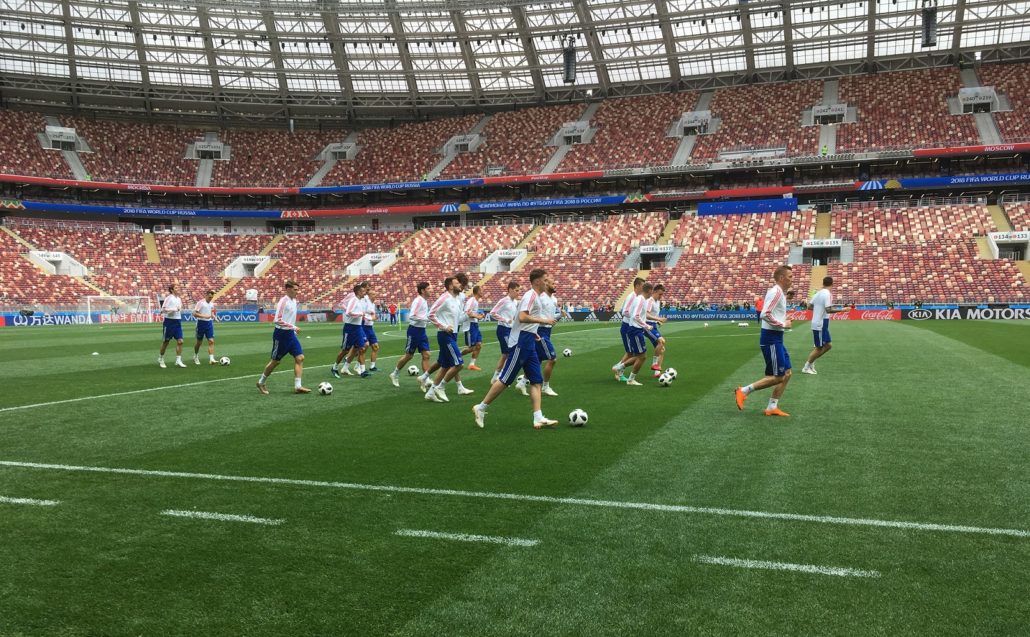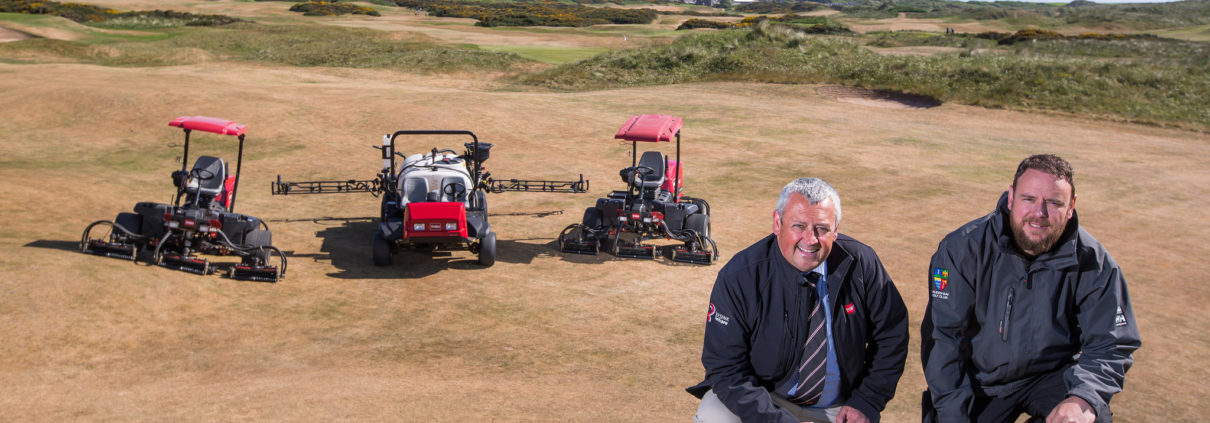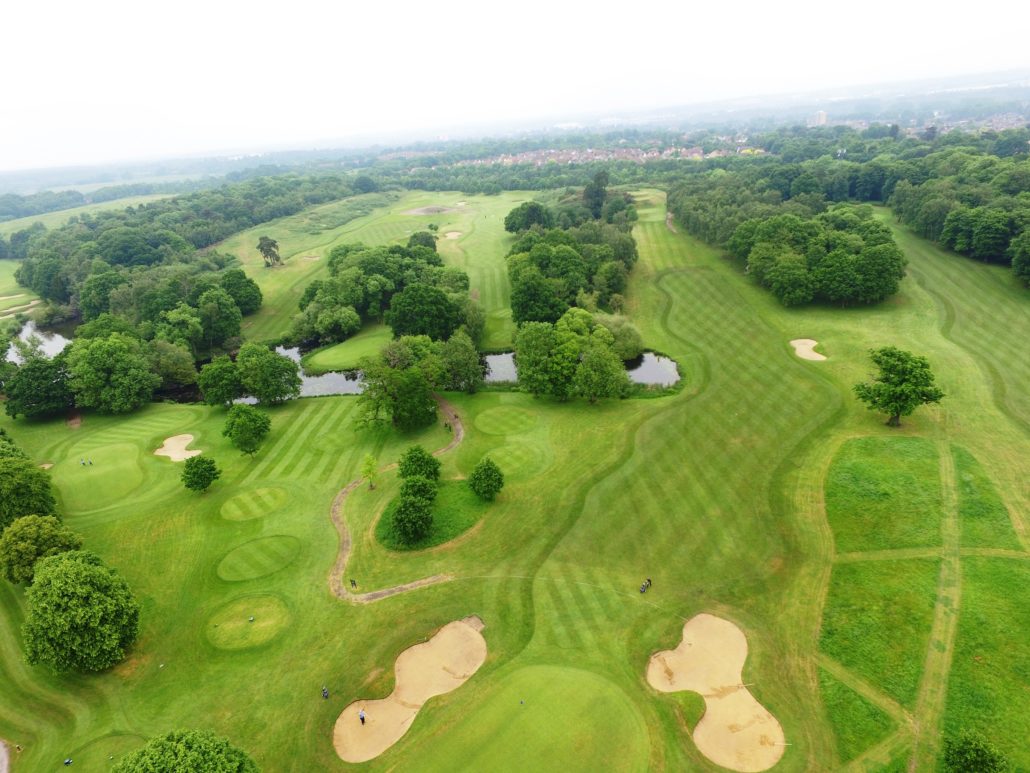All Eyes On Luzhniki Stadium
All Eyes On Luzhniki Stadium: A team from global pitch specialists SIS Pitches is on hand at Luzhniki Stadium as the World Cup tournament kicks off in Russia today on a SIS Pitches surface.
Throughout the tournament, a team of 12 people from SIS Pitches will maintain the surface of the Luzhniki Stadium – where the opening ceremony and opening game (Russia v Saudi Arabia) is taking place today, and where the World Cup Final will be held.
Over the four weeks of the tournament, the main pitch at Luzhniki will host the equivalent of nearly the full number of matches that would be played on a Premiership pitch during a whole football season.
The company will also maintain the three training pitches at the stadium, which will be used by all the national teams who are playing at the venue.
CEO of Cumbria-based SIS Pitches, George Mullan said: “Luzhniki will have the heaviest programme of games and training sessions as well as hosting the opening ceremony and the rehearsals for the opening ceremony. We have already had six rehearsals for the opening ceremony, 15 training sessions and seven matches on the pitch; this is as well as the activity on the training pitches.
“Maintaining a pitch under these circumstances can be challenging as the opening ceremony is taking place on the pitch just half an hour before the first game kicks off. Some 80,000 football fans will be in the stadium and millions of people will be watching from around the world. However, our team will be pitch-side to make sure that the surface is maintained to the highest standards.
“We will have 12 people at the stadium throughout the tournament, making sure that the surface is perfect before every game. They will then repair the pitch if any damage has been caused during the game. I will be there personally at some of the games – but I won’t be watching the football; I will be concentrating on the surface!”
The use of the company’s sophisticated reinforced natural turf system, called SISGrass, as well as its revolutionary aeration technology, SISAir, will make the Luzhniki Stadium the most technologically advanced pitch in World Cup history. The use of SISAir will also mean that the pitch can be drained off in a matter of seconds.
SIS Pitches was selected to design, construct and install six of the 12 stadium pitches for Russia 2018, including the Kaliningrad Stadium, where the highly anticipated match of England v Belgium will take place on Thursday 28 June. It is also the first time that a World Cup Final has been played on anything but all-natural grass.
SIS Pitches also installed three training pitches at Luzhniki, four training pitches at Otkritie Arena – the home of Spartak Moscow, and one at Tolyatti, which is being used as a base by the Swiss national team.
SIS Pitches will be maintaining Luzhniki Stadium throughout the World Cup but the other five pitches – Otkritie Arena, Rostov Arena, Kaliningrad Stadium, Samara Arena and Saransk Arena, have already been formally handed over to stadium management, who will handle their maintenance. Each pitch was independently tested to meet international quality standards before SIS Pitches formally handed them over.
SIS Pitches is a world leader in synthetic and natural sports surfacing and is one of the world’s largest sports pitch companies. The global pitch specialists lay grass and synthetic pitches and sports surfaces at world-class stadiums around the globe.
Outside of the World Cup, the company continues to deliver exceptional sports surfaces for schools, colleges, universities, sports clubs and local authorities in the UK and around the world.
For the latest industry news visit turfmatters.co.uk/news
Get all of the big headlines, pictures, opinions and videos on stories that matter to you.
Follow us on Twitter for fun, fresh and engaging content.
You can also find us on Facebook for more of your must-see news, features, videos and pictures from Turf Matters.



















